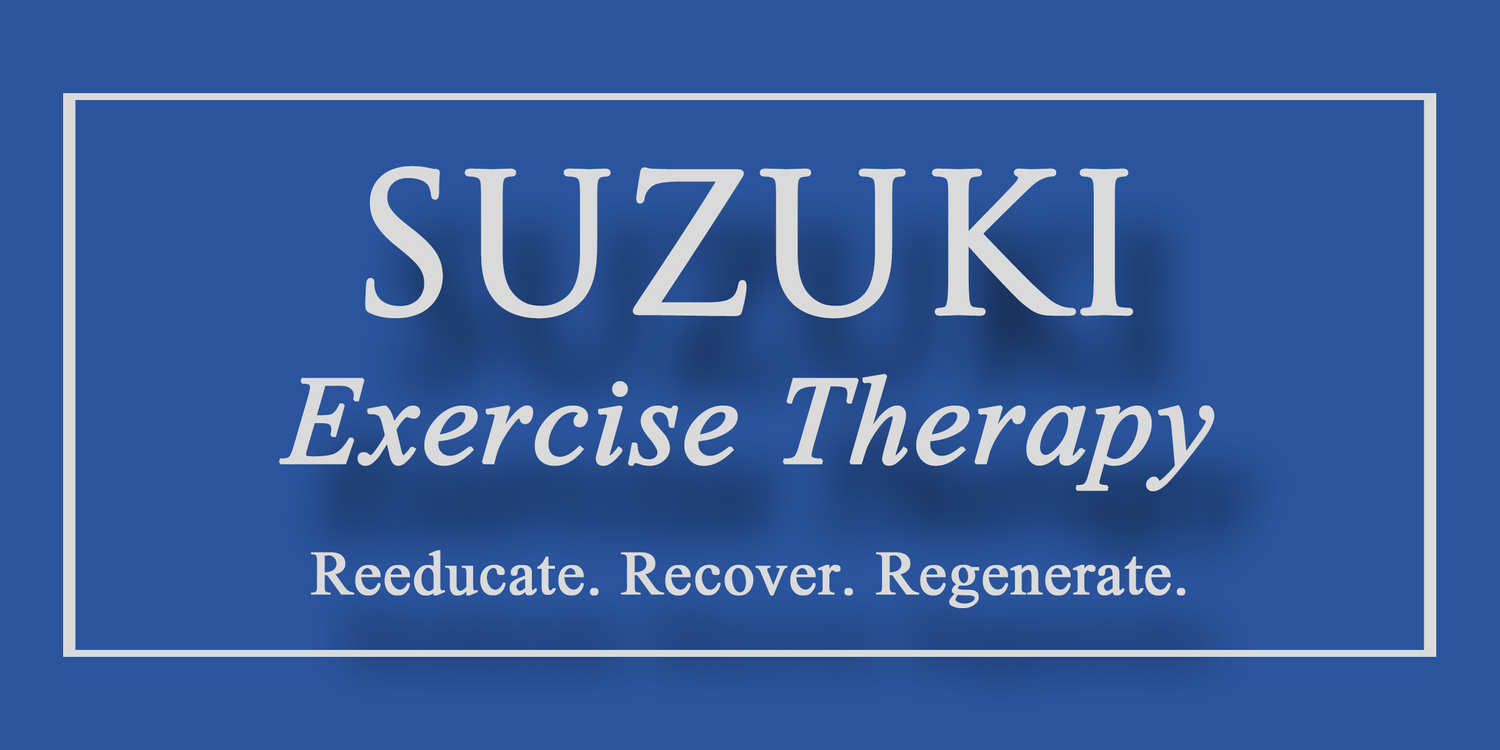By Boko Suzuki
Photography by Kacey Cole
Here are some misconceptions that caused me to avoid strength training for the first half of my life. You may find some of them familiar:
· Strength training is for steroid fueled muscle heads and competitive athletes; it’s certainly not for the average joe like me.
· Strength training is all about vanity and Instagram selfies; who wants to spend so much time thinking about their body?
· Strength training is dangerous! If I lift heavy weights my joints will spontaneously explode.
Here’s what I’ve found in the second half of my life (I’m now 61 and I started strength training at age 30):
· Strength training is for everyone. Unless you live in a bubble, you will need to lift heavy things like suitcases and groceries. You will need to withstand the wear and tear of moving around in the world and withstanding the constant force of gravity. And unless the idea of sarcopenia (the loss of muscle mass and strength, often associated with aging) appeals to you, strength training can mean the difference between enjoying the activities that matter to you or gradually getting weaker and less capable.
· Yes, there can be a vanity element to strength training. But if we’re honest with ourselves, we all think about our bodies and often it’s in negative ways. Is it not healthier and more positive to take whatever body we’ve been given and make the most of it?
· Strength training, done correctly, is actually one of the least dangerous activities we can do. According to a study in the American Journal of Sports Medicine, the incidence of injuries in the sport of powerlifting is much lower than in sports such as soccer, basketball or running.
Most importantly, and I’m going to use italics because I feel so strongly about this: in my opinion the risk in NOT strength training is unacceptably high because of the elevated injury rate among those who lose muscle mass and strength.
So how to start strength training? The first step is to visit your doctor to make sure that you don’t have any medical restrictions. Once you’ve been given the medical green light, I suggest you start by simply moving your body. Paul Chek codified fundamental human movement into seven primal movement patterns: Squat, lunge, bend, push, pull, rotate and gait. Preferably with the guidance of an experienced fitness professional, start with your body weight in doing movements like body weight squats, body weight lunges and hip hinges, scaled pushups (if you’re not strong enough to do a floor pushup you can use a bench or even a wall) and resistance band rows (pulls). Remember that body weight training is strength training and in fact some of the best conditioned athletes like gymnasts and martial artists only train with body weight.
When you’re ready to take the next step in adding resistance I advocate free weights. Most people think that the machines at your local gym is the place for beginners to start but I find that for people starting out in strength training, machines tend to overemphasize muscle isolation and underemphasize learning core control and coordination of different body parts. Contrary to popular thought, I think that machines are best used by the advanced lifter who has built a solid base of strength and who wants to hone specific body parts.
To be clear, free weights don’t necessarily mean barbells loaded with hundreds of pounds; in fact, I suggest starting with dumbbells and resistance bands or cables. But how to calculate weights, repetitions and sets? Here are some basic guidelines:
On one end of the spectrum, athletes training for maximal strength (i.e. powerlifters and strongmen competitors) will work in the very heavy range for sets of 3-5 or even single reps, while bodybuilders will often work in the 10-25 rep range. For the rest of us who want to build a little lean muscle and get stronger, I suggest starting in the 8-12 rep range. Start with a weight that’s light enough that you can do at least 8 reps with good form; if you can easily do 12 you can go up a bit in weight. Two good guides are R.P.E. (rate of perceived exertion) and R.I.R. (reps in reserve). If R.P.E. ranges from 1 being no effort at all and 10 being absolute max effort, an R.P.E. of 7 is a good starting point. If you’re working at an R.P.E. of 10, your R.I.R. will be zero, meaning that you have absolutely nothing left in the tank. I strongly caution you against working in this range; even advanced lifters typically only hit an R.P.E. of 10 in competition. Yes, you should be working hard but I would suggest that you aim to have 2-3 reps with good form left in the tank.
What about volume? A good starting point is 10-12 total sets, e.g. three different exercises of 3-4 sets each, 2-3x/week. As you advance, you can start to add volume but you should always feel recovered and ready to go each workout.
What can you expect in terms of results? These can vary widely depending on factors like age and genetics, but if you compete not with others but with the previous version of yourself, look for small victories like a 2% increase in the weight you lift or a visible difference in the mirror. Remember that true progress is the accumulation of small improvements over time. But when you start to notice that everyday activities like going up stairs or carrying groceries become a bit easier, you know you’re on the right track.
Stay tuned for future articles where I’ll dig more deeply into nutrition and cardio and remember: how you age is a choice.


